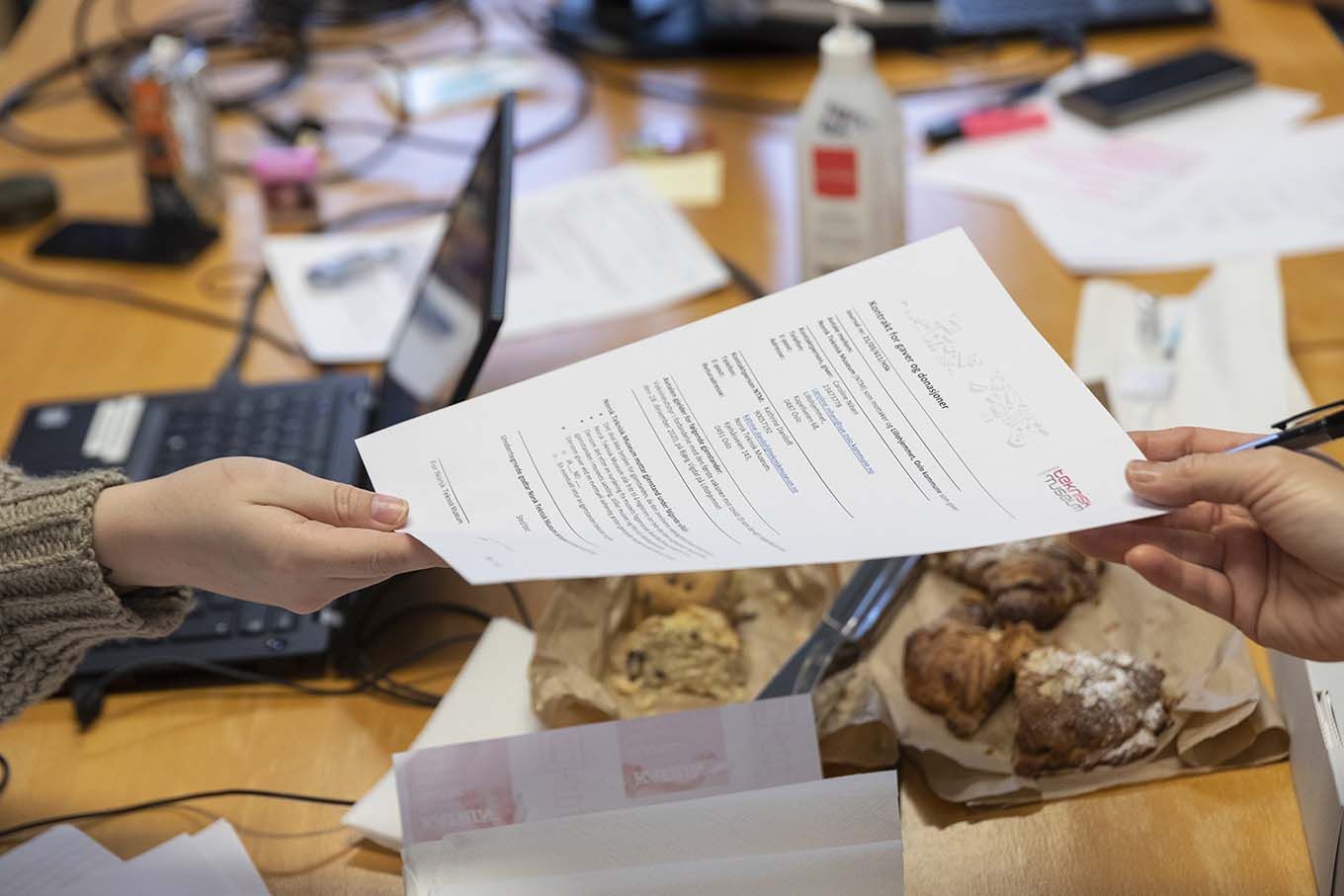- corona vaccine
Life and death
Vaccine coordination
Registered nurse and vaccine coordinator Caroline Nilsen and registered nurse and assistant vaccine coordinator Susanne Utberg welcome you with open arms and big smiles.
- It's great that we get an object in the exhibition at The Norwegian Museum of Science and Technology , says Nilsen.
Like 62 of the home's residents, they have received the first dose of the Pfizer vaccine.
- How happy were you, on a scale from one to ten, when you learned that the vaccination could start?
Utberg beams when she blurts out that it was 12 anyway, because they have been waiting for this with the hope that it would soon be their turn. With the vaccine, they could finally see light at the end of the tunnel.
Because there has been no shortage of challenges while the pandemic has been going on. On two occasions, Lillohjemmet has been affected by covid-19. In March, an employee was diagnosed with an infection and had to stay at home. In November, one patient was diagnosed with infection, and 19 patients were isolated from the rest of the home and from each other.
- It is not so easy when the patients with dementia do not fully understand infection control, explains Utberg.
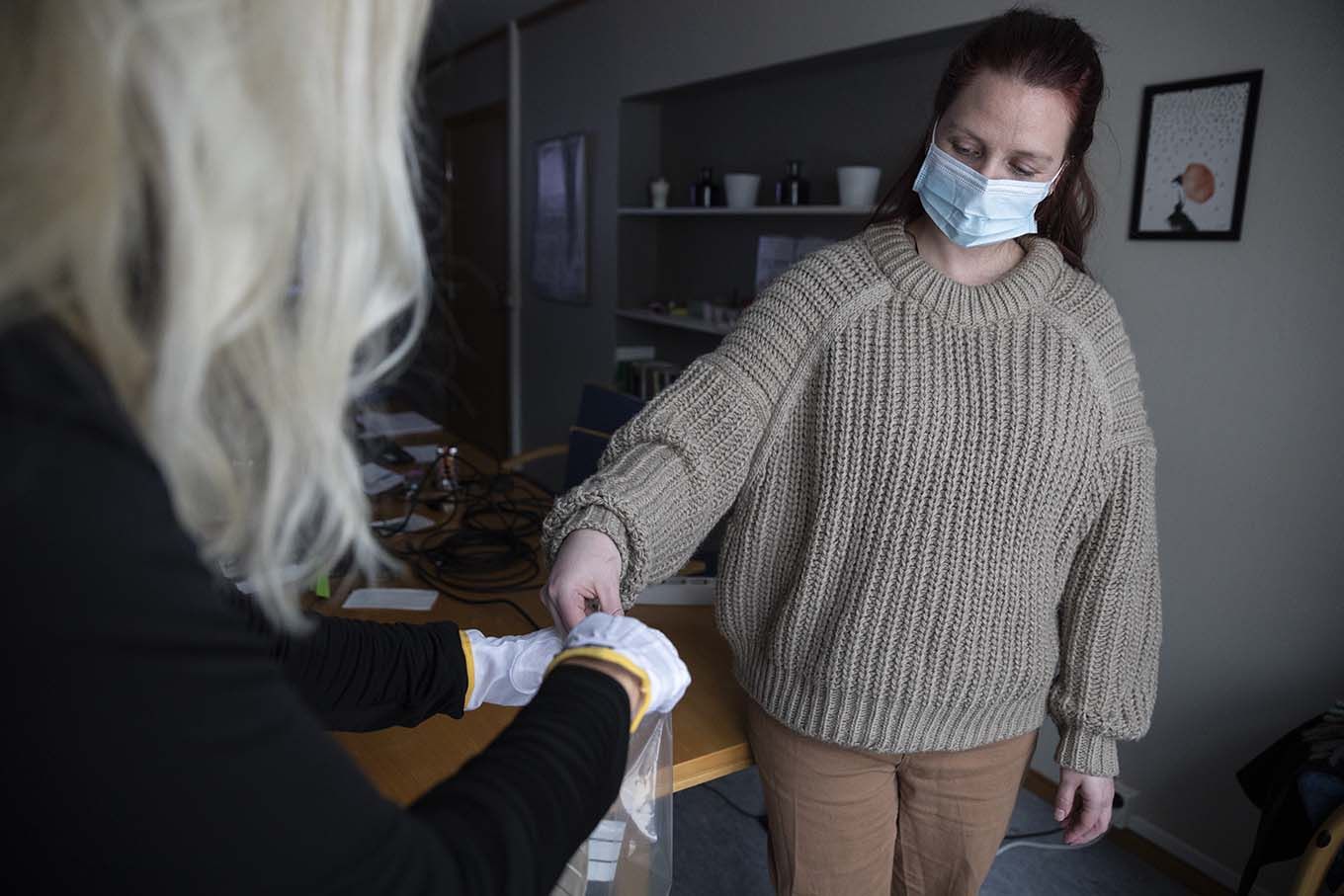
The equipment used when Bjørg Vigdal (87) was vaccinated became a museum piece with a history worth preserving. Here, Caroline Nilsen delivers the equipment to the National Medical Museum at The Norwegian Museum of Science and Technology .
Bjørg Vikdal, resident at Lillohjemmet, received the first vaccine dose in Nordre Aker. Photo: Christian Fredrik Borg/Nordre Aker Budstikke
Text: Kathrine Daniloff
Photo: All without a byline, Ingrid Aas
Lillohjemmet was first out when the vaccination started in the district of Nordre Aker. On 28 December 2020, the first resident received the vaccine.
This very vaccination equipment will now be part of the exhibition, Life and Death at The Norwegian Museum of Science and Technology .
Full insulation
What is it like to work in an isolated department?
- It requires full infection control equipment in addition to our normal uniform. That means a mask, visor, infection coat and infection gloves, says Nilsen. Then we have to control the bladder according to the times.
Watch the training video for dressing and undressing to be in isolation by clicking on this link!
When we imagine what it is like to shower residents with all that equipment on, we realize that it is hot and heavy. Working with patients who need help with most things in full infection control equipment takes its toll. The sessions for someone who works in an isolated ward are two hours. This means that they cannot drink, eat or go to the bathroom during these hours.
The procedure for putting on and taking off the infection control equipment usually takes 10 minutes inside the infection lock, and there must be a person standing outside and making sure that everything goes correctly.
- Everyday life becomes heavier and there is less time to do something extra beyond what needs to be done.
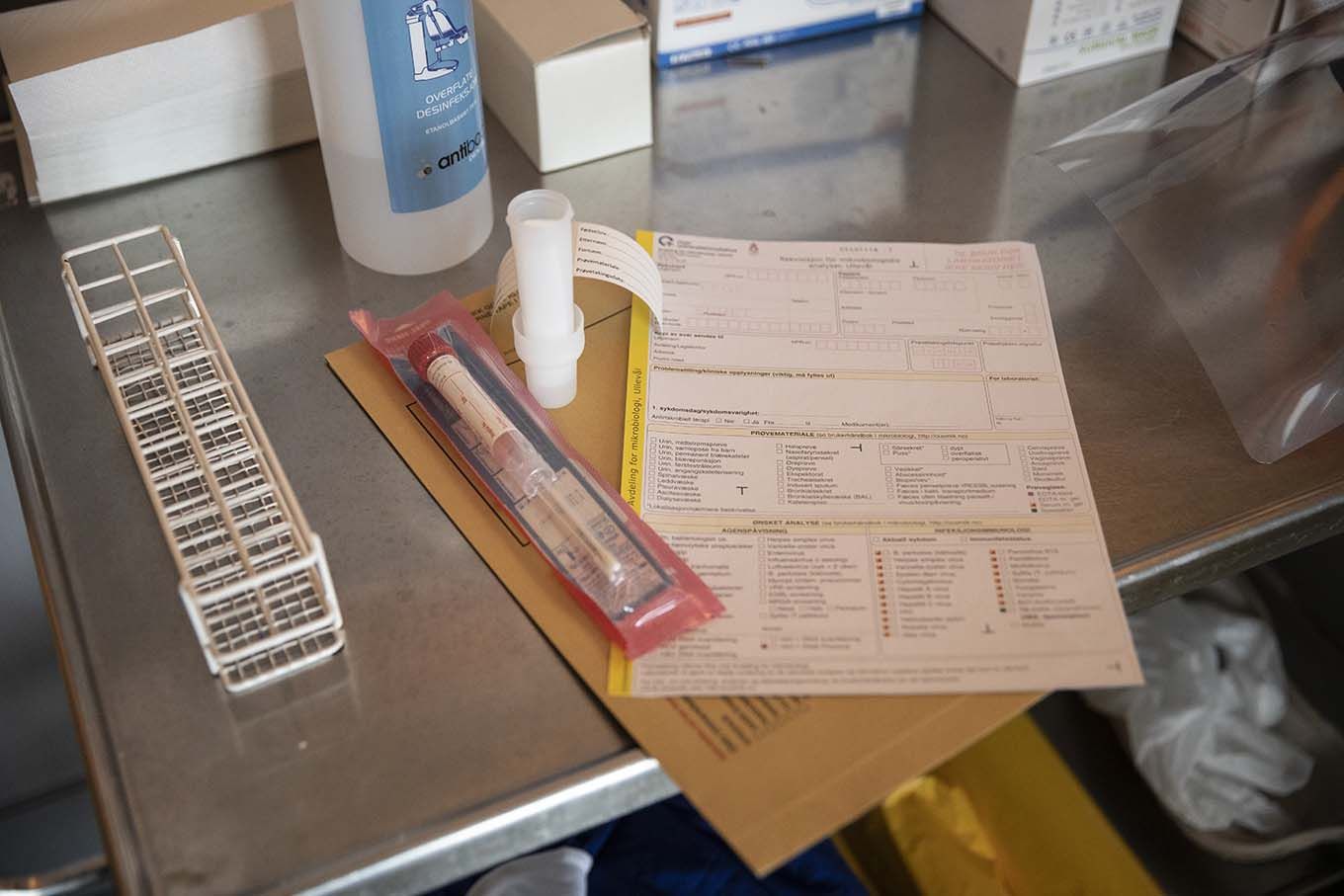
Lillohjemmet has set up its own test and vaccination station in part of the canteen.
Happy at work
Although the challenges have been lined up since the pandemic hit Norway, both are keen not to appear whining. They summarize that it has also been fun to learn something new.
- Just roll up your sleeves and stand on it.
For both, it is important to emphasize that consideration for the resident comes first. However, it cannot be understated that they are tired of the situation. The pandemic has not brought more resources, so the individual employee has had a greater workload.
- There is not much energy left after a day with full focus on the residents, in the situation we are in. I just have to praise the roommate and the children who have taken on more responsibility at home, says Nilsen.
My private life is exposed, adds Utberg.
- I don't want to go out the door. It is also frustrating to see everyone who does not treat infection properly. A mask with the nose out in the open is a classic that is easy to be put off when you yourself have been drilled in infection control, she says.

Infection control training
At Lillohjemmet, infection control came on the agenda with renewed vigor after the pandemic struck. There is not just one course that the individual must go through. It is constant repetition that makes a master. And to avoid infection, infection prevention must be masterfully carried out.
- It would have been nice if we in society at large could repeat infection control several times throughout the pandemic. New knowledge does not sit until it has been drilled, believes Utberg.
Preparation for vaccination
December 16, when they learned that the vaccine was coming, was not only a day of joy, but also the start of meticulous detailed planning and training. Everything should be ready before December 28. The logistics of getting the vaccine in, keeping it cool and getting it infused was one thing. In advance, all patients also had to give consent themselves or through relatives. Nilsen and Utberg were to create completely new procedures for Lillohjemmet.
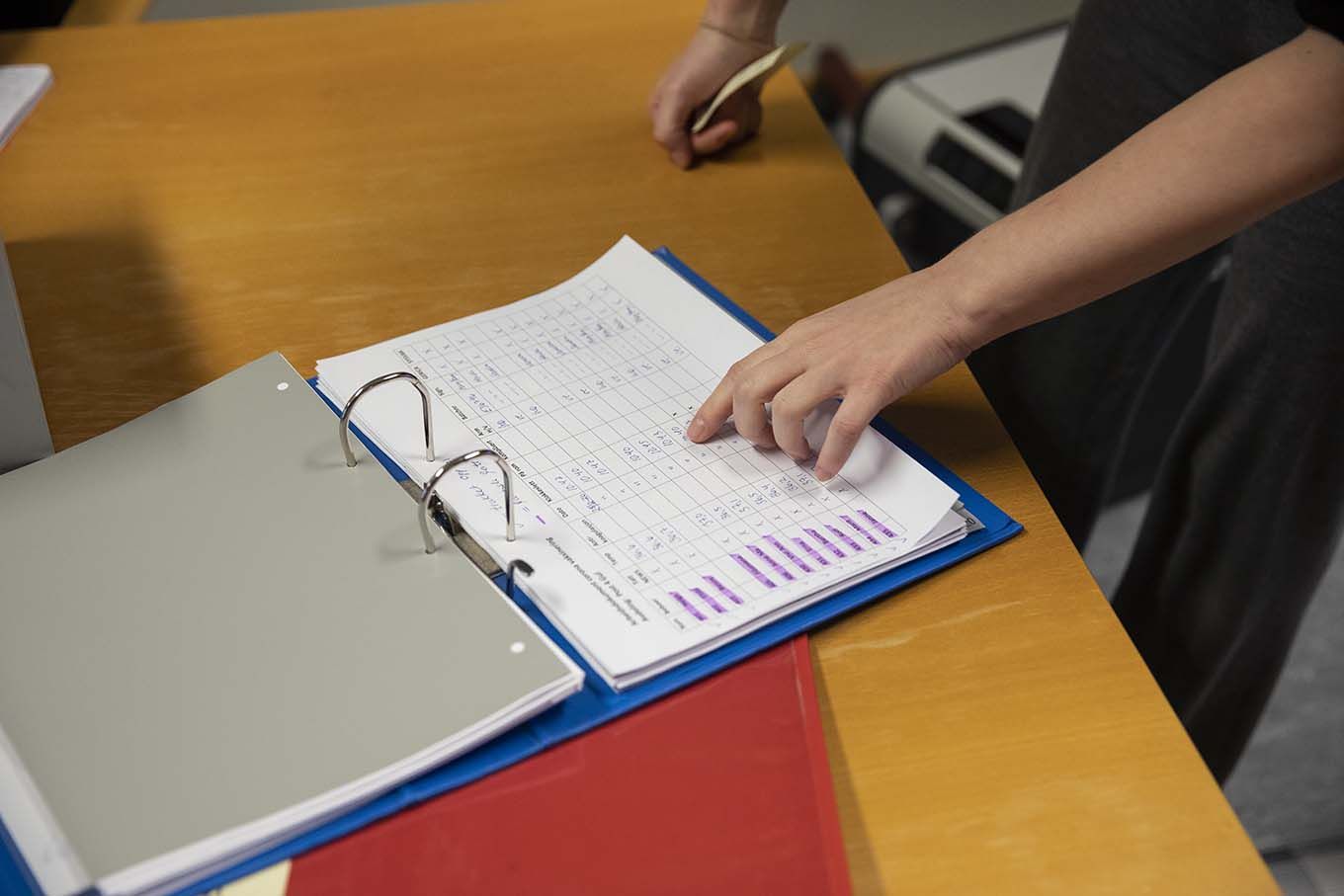
Since 16 December, Lillohjemmet has filled two ring binders with procedures related to handling the vaccination.
Practice makes perfect
It's not just any syringe, either, so they had brought practice kits with them so that the vaccine would be inserted correctly. Therefore, Nilsen and Utberg sat at home on Christmas Eve and the rest of Christmas and practiced adding 1.8 ml to the vial. salt water, which was then to be turned in a special way before 0.33 ml. vaccine substance should be drawn up into the syringe. Then extreme precision to fill the needle with 0.03 ml. vaccine.
Planning brought success
December 16, when they learned that the vaccine was coming, was not only a day of joy, but also the start of meticulous detailed planning and training. Everything should be ready before December 28. The logistics of getting the vaccine in, keeping it cool and getting it infused was one thing. In advance, all patients also had to give consent themselves or through relatives. Nilsen and Utberg were to create completely new procedures for Lillohjemmet.
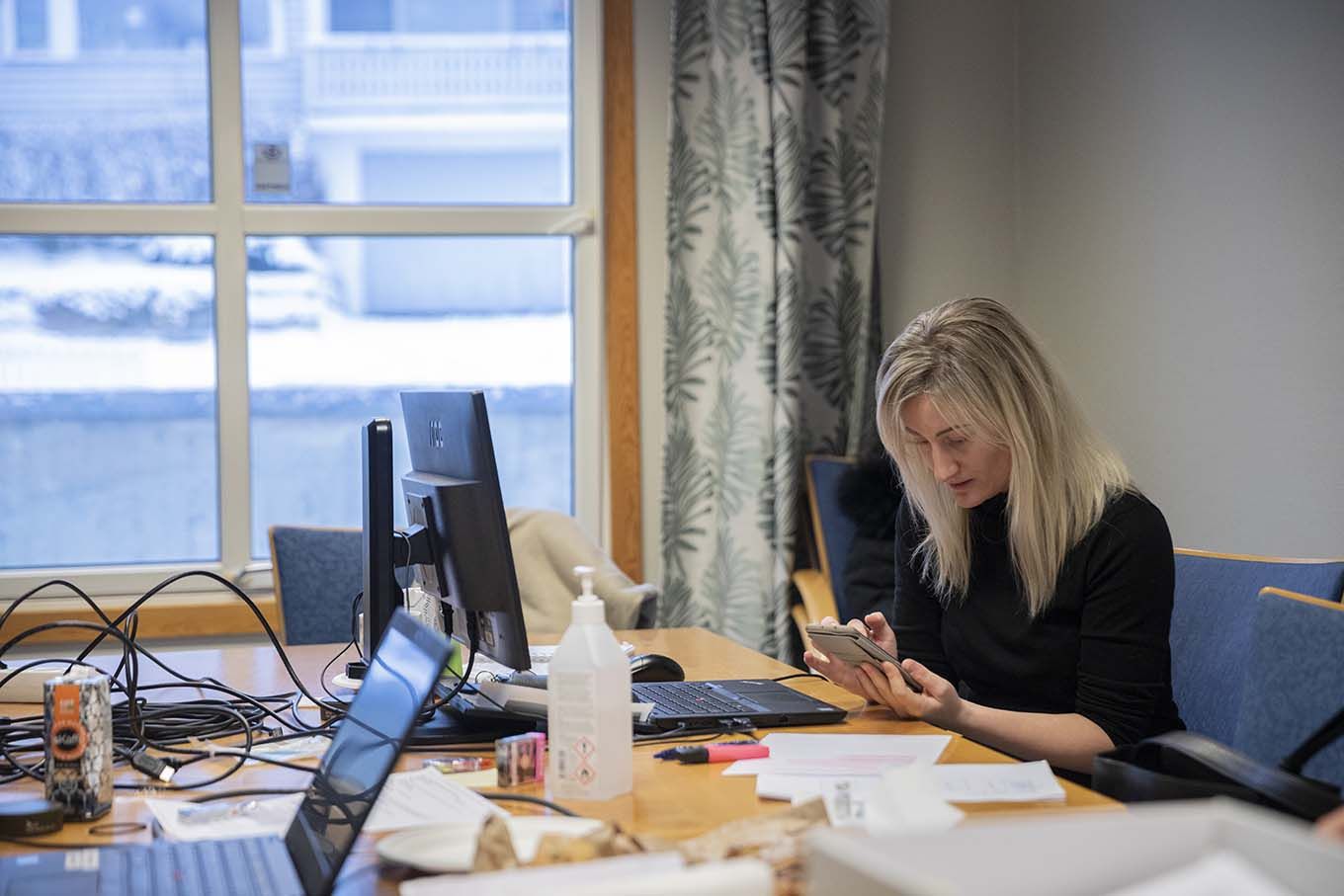
Susanne Utberg shows a photo of her hands, which held a vaccine, in a news story from Jakarta.
It's not just any syringe, either, so they had brought practice kits with them so that the vaccine would be inserted correctly. Therefore, Nilsen and Utberg sat at home on Christmas Eve and the rest of Christmas and practiced adding 1.8 ml to the vial. salt water, which was then to be turned in a special way before 0.33 ml. vaccine substance should be drawn up into the syringe. Then extreme precision to fill the needle with 0.03 ml. vaccine.
Missing visits
Bjørg Vigdal, who received the first vaccine, has given us permission to use the photo and that we have received her syringe and vial.
- I can't wait to see the grandchildren again!, she said after the dose had been taken.
Here you can read more by clicking on this link.
Ever since the measures were put in place against the pandemic, from 12 March 2020, there have been strict and less strict visiting restrictions. It has not only been easy for residents and carers. The residents miss their relatives. In all departments, not many people say that they miss theirs, but the lack of social stimuli has an impact on the days that come and go.
- Although most people have taken it well, we see that the lack of visitors has an impact on the residents, says Utberg.
- We have tablets available in all departments, which we have used for communication between residents and relatives. Although it is not the same as meeting physically, it has been helpful, says Nilsen.

Susanne Utberg shows a picture of her hands holding a vaccine in a news story from Jakarta.
During the pandemic, there have been various restrictions, which have come and gone, and there has been a lot of information that had to be sent out to the 72 next of kin. Some understand well that conditions are as they are, while others need more follow-up. Some of the relatives do not agree with the restrictions, and it takes energy to face frustration. In addition to greater strain in the work with the residents, there has been a greater strain linked to contact with relatives.
- What I find most difficult is that I don't know when things will change. I cannot answer when people ask to know when they can visit their loved ones. It doesn't feel right, says Nilsen.
When it has been open for visitors, the individual has had to be given an exact time and they have been met at the entrance and escorted to a meeting place. After the visit, everything the visitor has touched must be disinfected.
After everyone has been vaccinated, Lillohjemmet moves towards hope for a brighter everyday life, even though it is still in the middle of a pandemic.
With the commitment and dedication Caroline Nilsen and Susanne Utberg showed us, the thought of their own old age became a little less scary.
Lillohjemmet seems like a nice place to live.

The vaccine equipment thus becomes a museum object.
